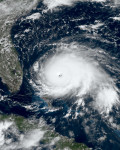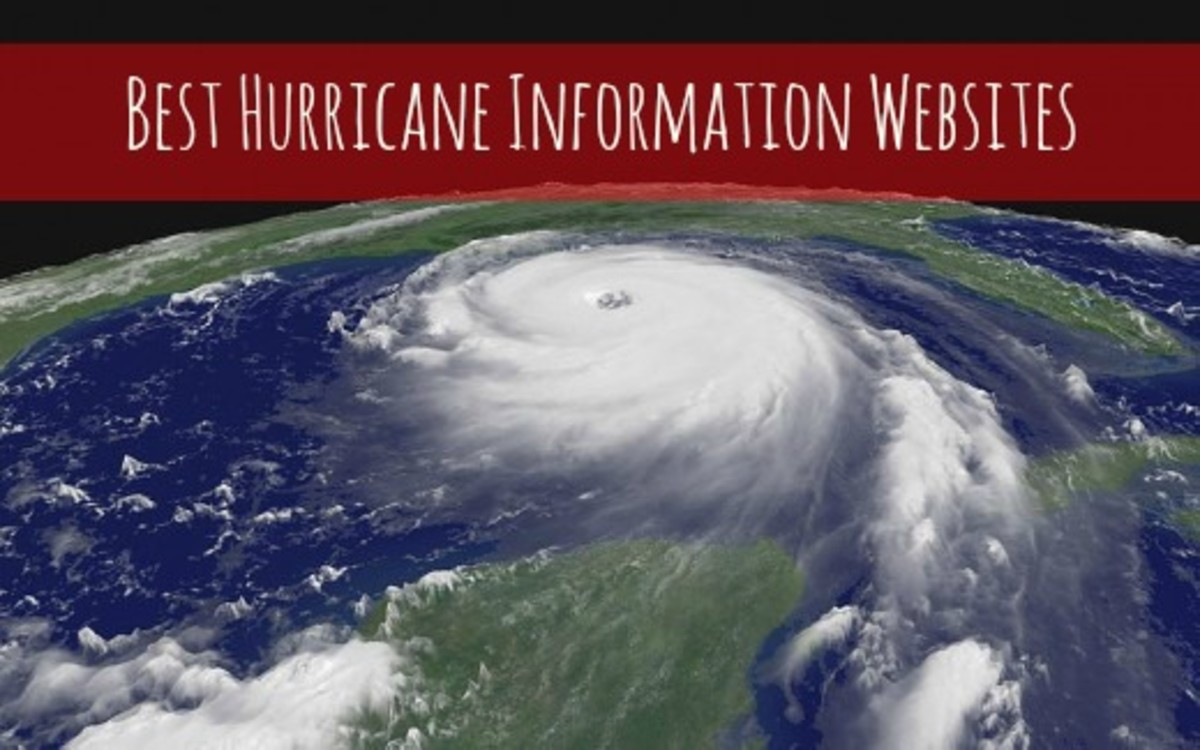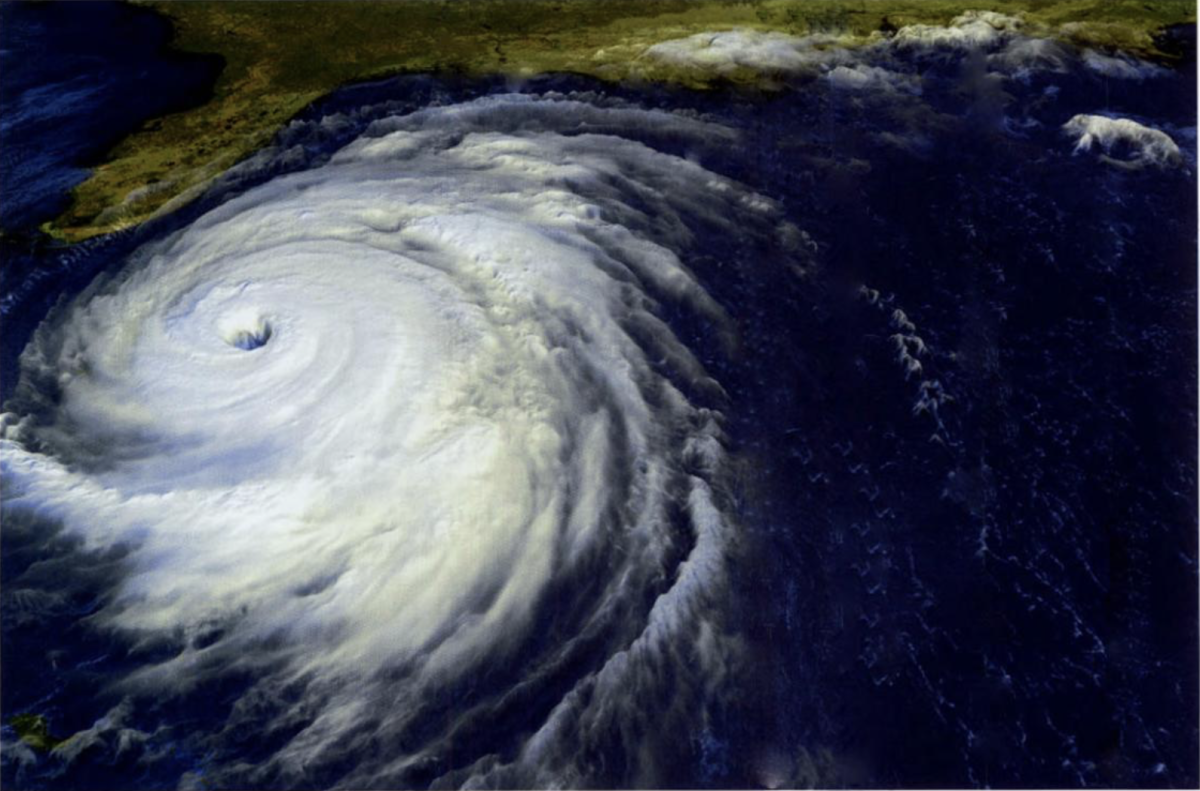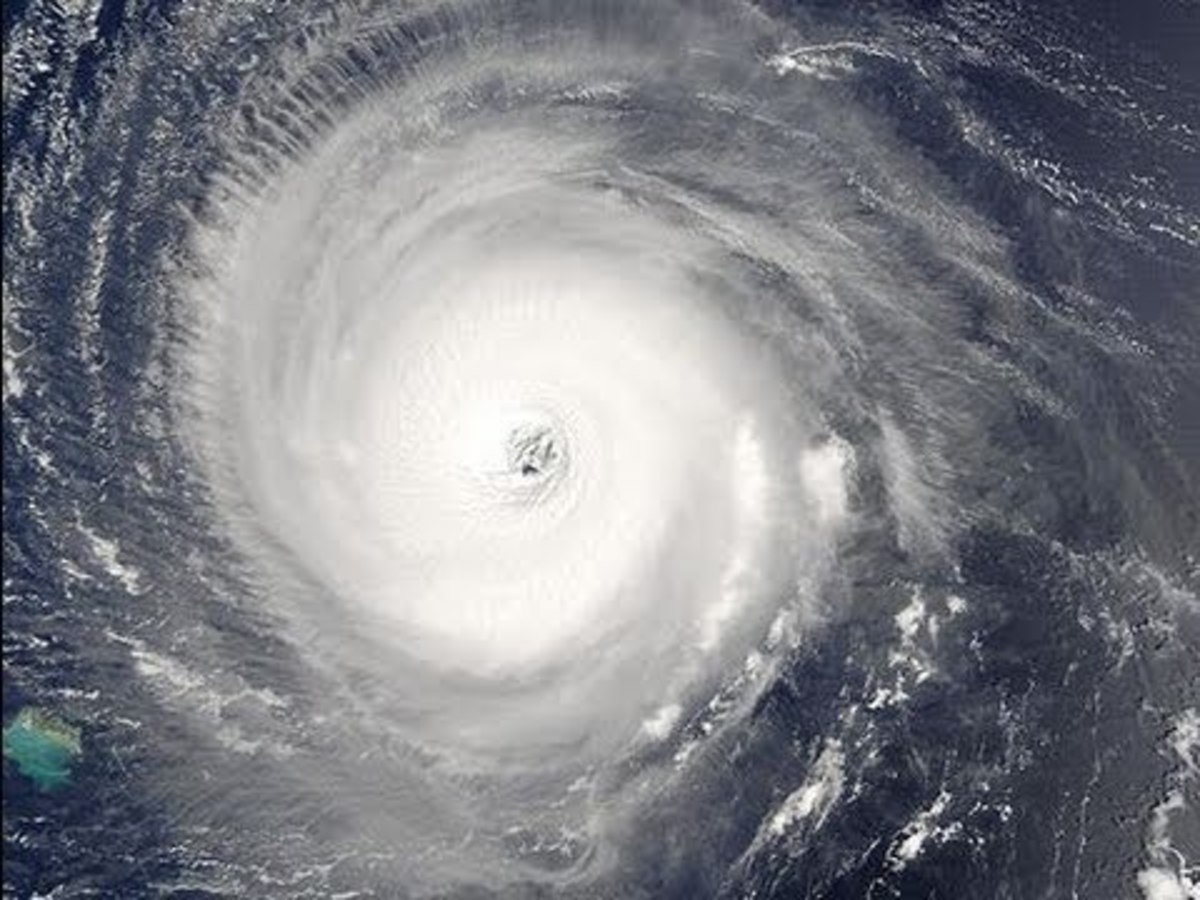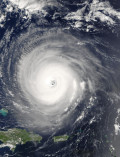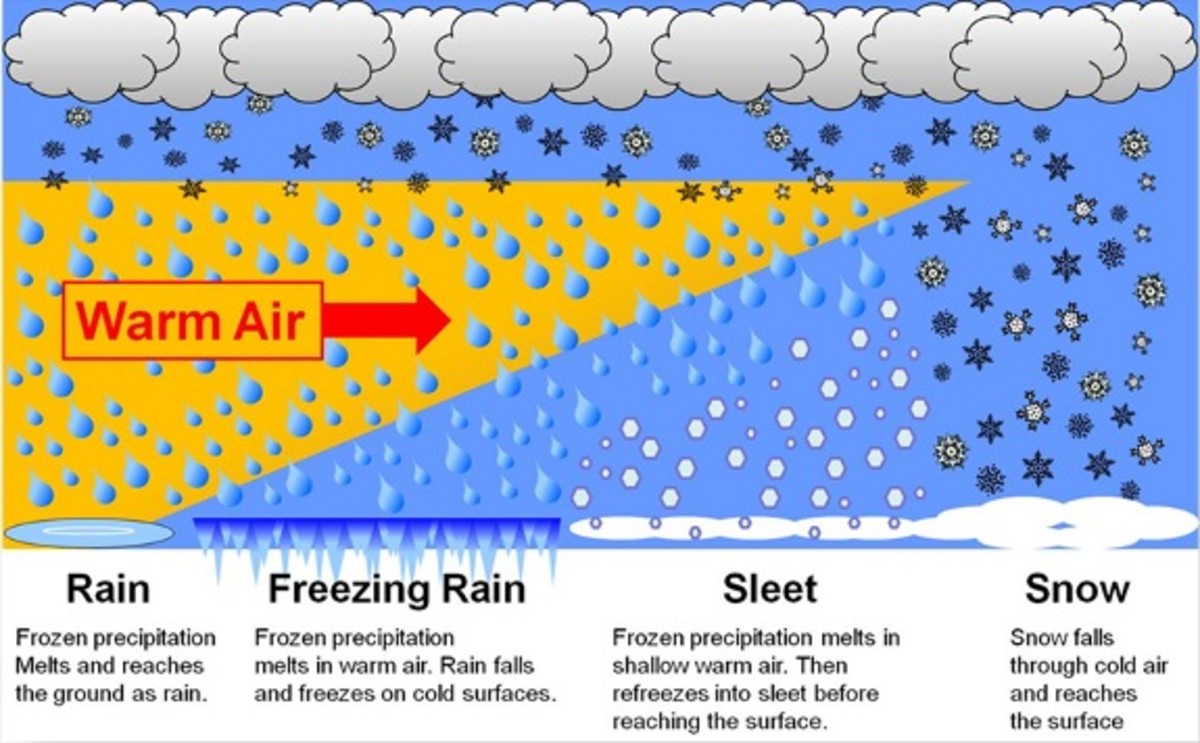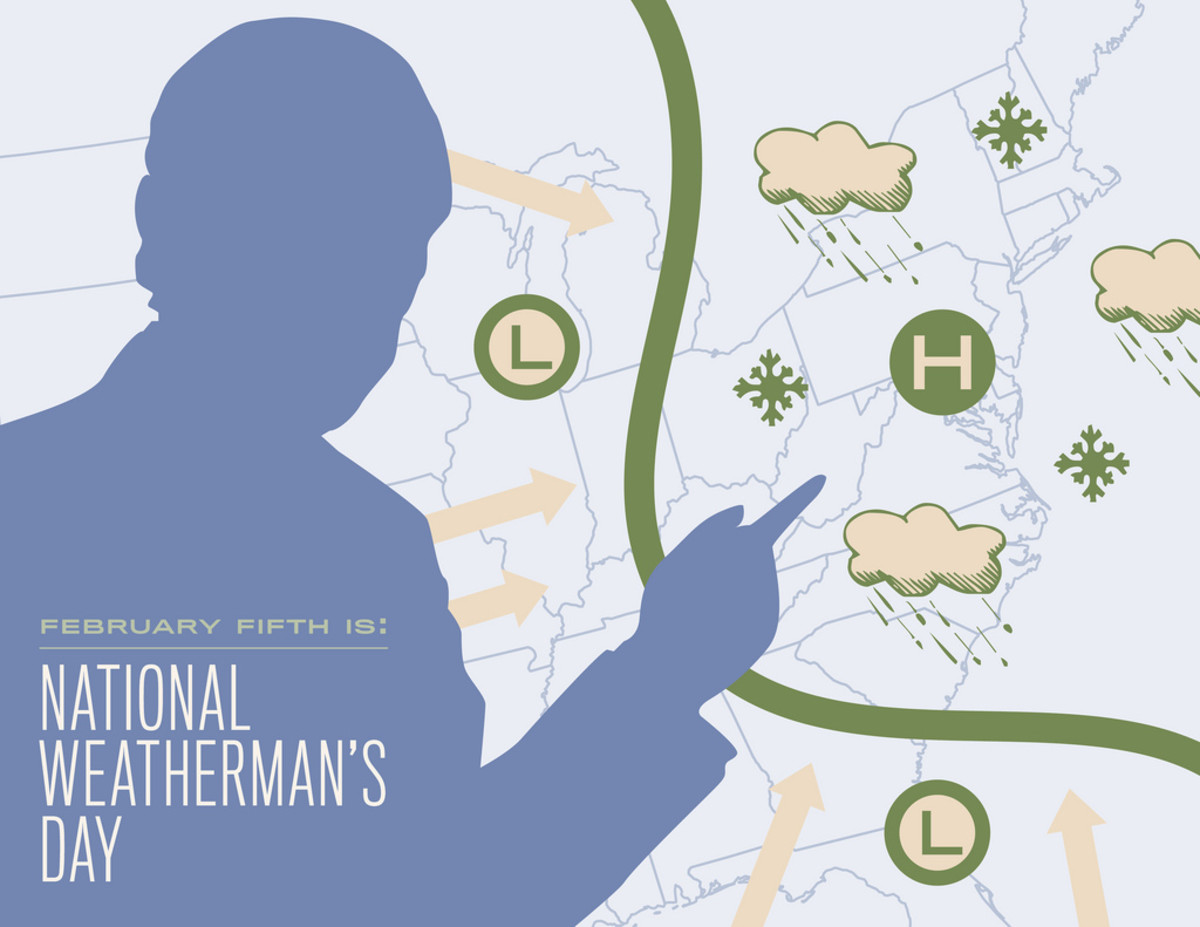Hurricanes: Development of their Science from the 1821 New York Hurricane
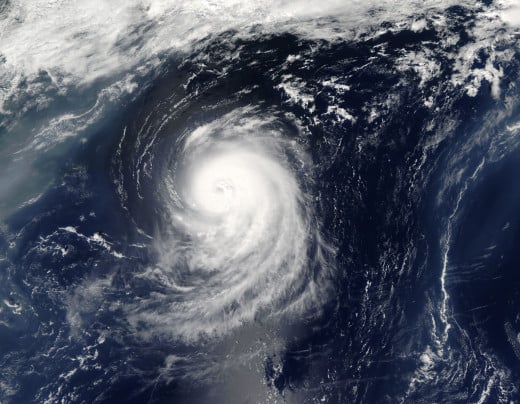
Hurricane Science And The 1821 New York City Hurricane
By the time it reached New York City in late August of 2011, Hurricane Irene had been downgraded to a category - 1 storm. The New York City Hurricane of 1821, it has been suggested through research, would have been a category 3 or 4 storm when it hit NYC. Because it hit at the more opportune time of low tide and because population and urban development was significantly smaller and less concentrated near the coast, its destructive force was not as keenly felt.
This 1821 hurricane is most notable for its impact on hurricane science including the nature of hurricanes themselves. A former saddle-maker turned steamboat captain, William Redfield, landed his name in the history books when his amateur research regarding the 1821 Hurricane was published in The American Journal of Science.
Sight of the 1821 New York Hurricane
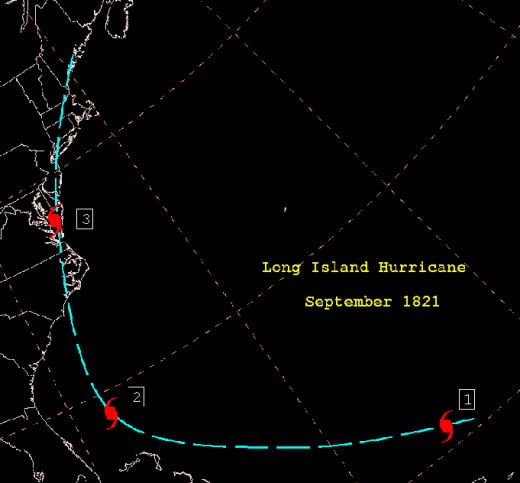
Facts Of The 1821 New York Hurricane
- It occurred on September 3, 1821.
- This storm was one of the only hurricanes known to have passed over parts of modern New York City.
- Within one hour the tides rose 13 feet.
- The East River and Hudson River converged on each other downtown as far north as Chinatown.
- The Battery was particularly hard hit, where docks were destroyed and ships were deposited onto the streets.
- A bridge connecting Harlem to Ward's Island was washed away.
- In 2011 over 8 million people lived in New York City while in 1821 the population was only 152,000.
- The City was lucky the hurricane arrived at low tide.
- Historians believe this fact resulted in the areas north of Canal Street being kept safe from massive flooding.
- Thus, few deaths were attributed to this hurricane since flooding occurred in areas with few homes.
- East of Manhattan, ships were blown onto Long Island.
- 17 people were killed when their vessel sank.
- Research suggests that this hurricane would have been a category 3 or 4 storm when it arrived on the shore of New Jersey with winds as high as 135 mph.
Have you ever been in the path of a hurricane?
Predisposition Of New York To Hurricanes
- Cores have been extracted from a New Jersey salt marsh which suggest that a major hurricane hits the NYC region about once every 350 years.
- New York City does not possess strong defenses against massive storm surges.
- According to Mike Lee, formerly Director of Watch Command at New York City's Office of Emergency Management, the lands of New Jersey and Long Island form a right angle within which sits the City of New York.
- Apparently, hurricanes do not like right angles which allow water to build-up and accumulate with dangerous consequences.
- However, being in a deep corner due to this geographical right angle, hurricanes do not get into New York Harbor very often.
- But, when these hurricanes do arrive, the strong winds push water right into that right angle causing an amplification of the storm surge.
- In Florida, a category-3 storm may only produce a 12-13 storm surge whereas, in NYC a category - 1 storm can produce a similar surge of water when reaching land.
- Today, a major hurricane might push more than 30 feet of storm surge onto parts of the City.
- Flooding would be catastrophic in low-lying neighborhoods, subways the PATH train and some parts of the FDR.
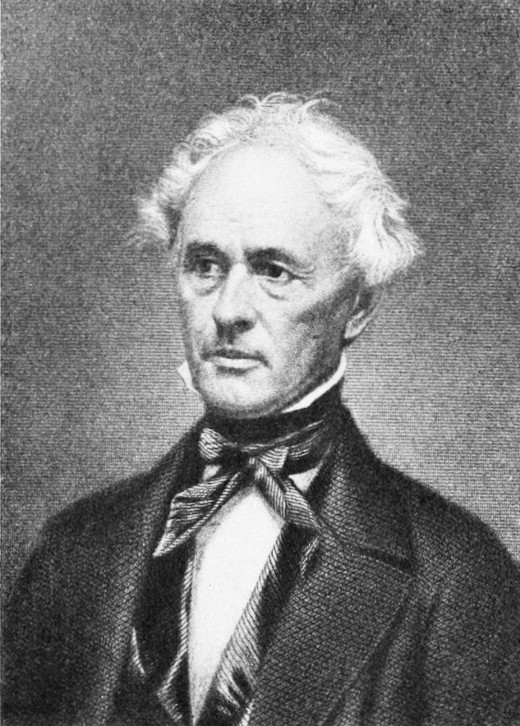
History Of Hurricanes
William Redfield Pioneer Of Hurricane Science
The NYC Hurricane of 1821 taught the world a great deal about the nature of hurricanes. While walking from Middlebury, Connecticut to northwestern Massachusetts, Redfield noticed some trends.
- In Connecticut, the fruit trees, corn stalks and other vegetation were bent in the north-west direction.
- However, in Massachusetts this same vegetation was bent towards the south-east.
- Redfield took his own observations as well as those from other observers of the storm whom he interviewed and published these results in 1831 in a scientific paper calling the Hurricane of 1821, "a great whirlwind, a large and compact storm circulation'.
Redfield's observations disputed those of Benjamin Franklin made a century earlier.
- Franklin had suggested that hurricanes were a moving system of winds travelling in a direction different from the winds themselves.
- Redfield was considered a quack by many scientists of the day and a battle ensued between academics of Philadelphia and Redfield's hometown of New York City.
- William Ferrel, a meteorologist published a paper in 1856 which ended the dispute.
- His paper, "An essay on the winds and the currents of the ocean." suggested that global temperate differences in conjunction with specific gravities which differed between the atmosphere and the ocean, created wind and currents resulting in the characteristic whirlwinds of hurricanes.
- Thus, William Redfield's observations were supported and his research vindicated.
Redfield's findings became the foundation for British Colonel William Reid's book, the Law of Storms published in 1841.
- Reid was sent by the British to the colony of Barbados in the West Indies to investigate the damage caused by a fierce hurricane that struck there.
- Reid's research along with Redfield's observations, produced a well known volume of research on the subject of storms.
- This same research contributed heavily to the modern science of hurricanes.
Resources Used
Lichaa, Zachary. Here's What Happened When Another Hurricane Smashed Into New York. Business Insider. August 26, 2011.
McNamara, Robert. Hurricane Called The Great September Gale Struck New York City in 1821. About.com 19th Century History. 2013.
Nobel, Justin. Hurricane Flashback: The Great New York Storm of 1821. nymag.com. August 26, 2011.
Praetorius, Dean. Long Island Hurricane Of 1821: Does This Path Look Familiar? (MAPS). Huffington Post. October 26, 2011.




